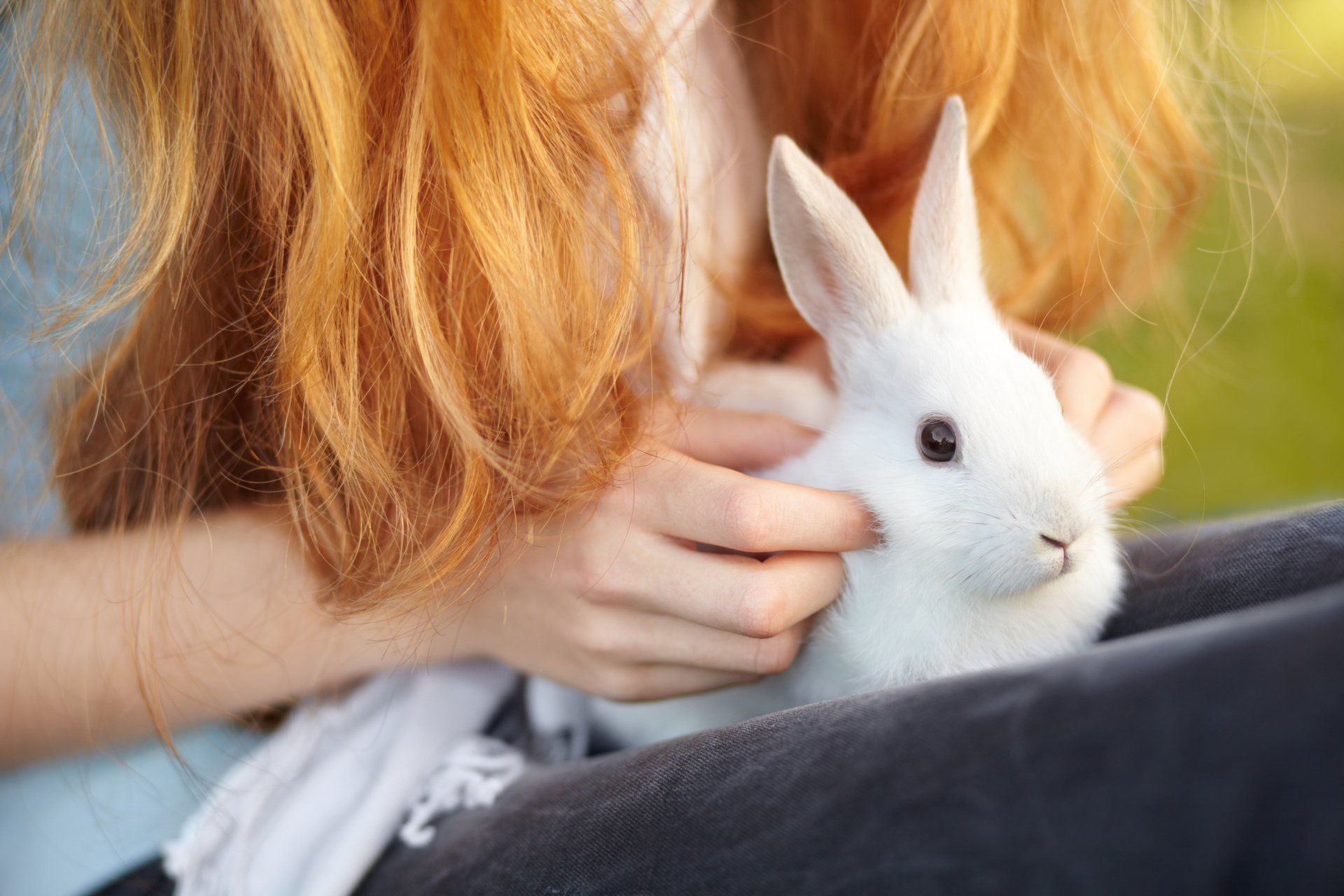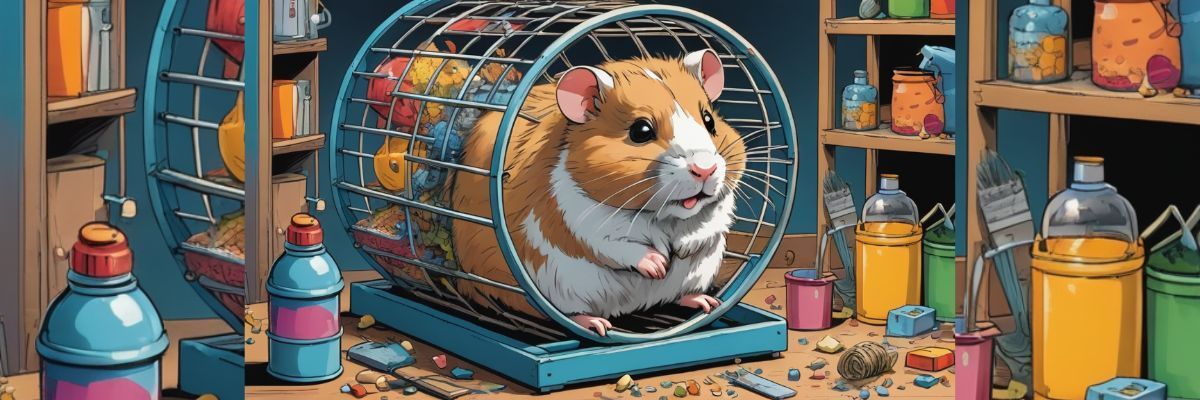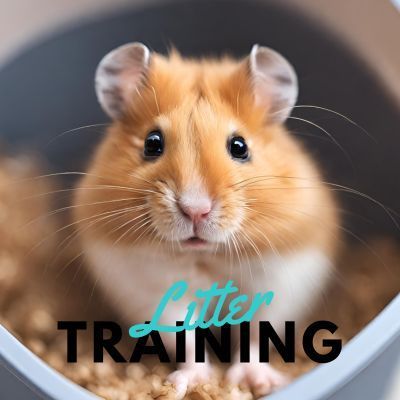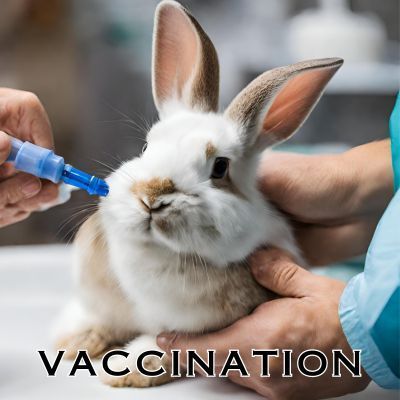The Metamorphic Technique and Animal Care

The Metamorphic Technique (MT) was the inspiration of a French Canadian living in England called Gaston Saint-Pierre. He created the Metamorphic Association in 1979, which became a registered educational charity in 1984. He dedicated the rest of his life to sharing his extraordinary understanding of the innate power we all have to realise our full potential.
So what exactly happens in a session? The MT practitioner applies a light touch to the feet, hands and head. The areas touched relate to the spinal reflex and the gestation period. With animals, the approach differs slightly, in that we work directly on the spine. Sessions with clients usually last an hour, whereas with animals, a few minutes at a time are generally plenty.
Clients often report their response to the work has had a deeply healing and therapeutic dimension. The fundamental difference between MT and healing therapies is that there is an intention, (albeit a very positive one), coming from the healer – of wanting to help the client. The reason a MT practitioner does not offer any intention or direction is so that the client’s unique energy takes charge of the session. MT is primarily concerned with the movement of transformation, rather than the movement of change. Change instigated by an outside agent can revert to the previous experience, but transformation is different – it is immediate, unconscious and permanent. Once the caterpillar emerges from the chrysalis as a butterfly there is no going back to being a caterpillar!
If this all sounds a little mysterious to you, MT practitioners often illustrate our approach by using the example of the dynamic between the earth and a seed. The earth represents the practitioner, and the seed represents the client. The role of the earth is to provide an environment for the seed to flourish, without imposing anything; it is the seed which draws what it needs from the earth. Just as the earth doesn’t need to encourage the seed to transform, since the seed is alive and Life naturally transforms in a fertile environment, so the practitioner doesn’t need to direct the client in any way, since the Life that we are knows exactly what is needed for our own transformation.
So the MT practitioner works from a place of detachment: observing the facts, acknowledging their presence, and letting them be. This is not cold or uncaring in any way. We look beyond the symptomatic level to the fundamental Life of the client. Gaston Saint-Pierre expressed the unique approach of MT practitioners with great simplicity:
“Detachment…can be seen in parents as they watch their child learning to walk. The child will get up, try to walk and fall down many times. If they always rush to help, he will never learn to do it for himself. The child has the ability to walk and the parents know this; they also know they must let him learn in his own way even though they long to help. They stand aside and remain detached whilst being filled with love and compassion. The impulse to give help is real and valid. However, in non-action, true help is given.”
I have been working as a MT practitioner for many years, and seven years ago I – Cathy Jeffrey – also started working with Charlie Andersen at A Furry World. I often use MT when caring for cats. Since animals are very sensitively attuned to humans, they seem to respond very well to the gentle approach of the MT. At the most dramatic end of the spectrum, their pain may be suspended during a session, which I have witnessed myself. I have a wonderful example of how a rescued cat responded to this work.
I was given a job with a cat several years ago through A Furry World. I was told I would never actually see her, as she was always hiding under the sofa. She had been through a very traumatic time as a kitten. On my first visit, I sat near the sofa where she was hiding and talked to her quietly. The following day she came out and let me work with the MT on her spine. With just a few MT sessions, she underwent an amazing transformation. She became very affectionate and playful, no longer hid from strangers, and was able to people trust again. Her owners were amazed.
MT can be used in any situation, from pregnancy to the latter stages of serious illness. It is very easy to learn, and a great gift to be able to share with friends, family, clients and animals. If you would like any further information please just let us know.











